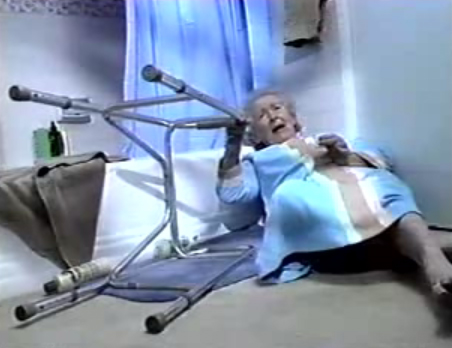
Life Alert is good, but a few tweaks to your home renovation plan can actually prevent falls later in life.
A little over a year into The Estate Planning Ticker, I’ve come to find that articles can be inspired by just about anything. Some are obvious – a new law, a sage or misleading news story, a cautionary tale manifested in a recent client; some less so. In this case, I was inspired by two consecutive life experiences. First, watching my mother put her insight as a geriatric nurse into practice as she renovated the family home, and second, helping to move her mother out of her home of 40 years because it had become unsafe.
Falls are among the most prominent health risks facing elderly Americans. They can cause serious injury, make you feel defeated and embarrassed, and terrify your adult children. That last bit explains why it’s one of the most frequently cited reasons for children to pressure their parents out of the home and into some form of managed care facility. What makes it that much worse is the simple fact that most falls, as well as other physical difficulties around the home, are completely preventable.
If you’re fortunate enough to have a home where you intend to spend your later years, and are planning renovations big or small, there are some simple considerations which, for an extra few hundred dollars, may save you from aggravation, injury, or additional contractors later in life. After the jump, a checklist of the more important considerations of elder-living architecture.
